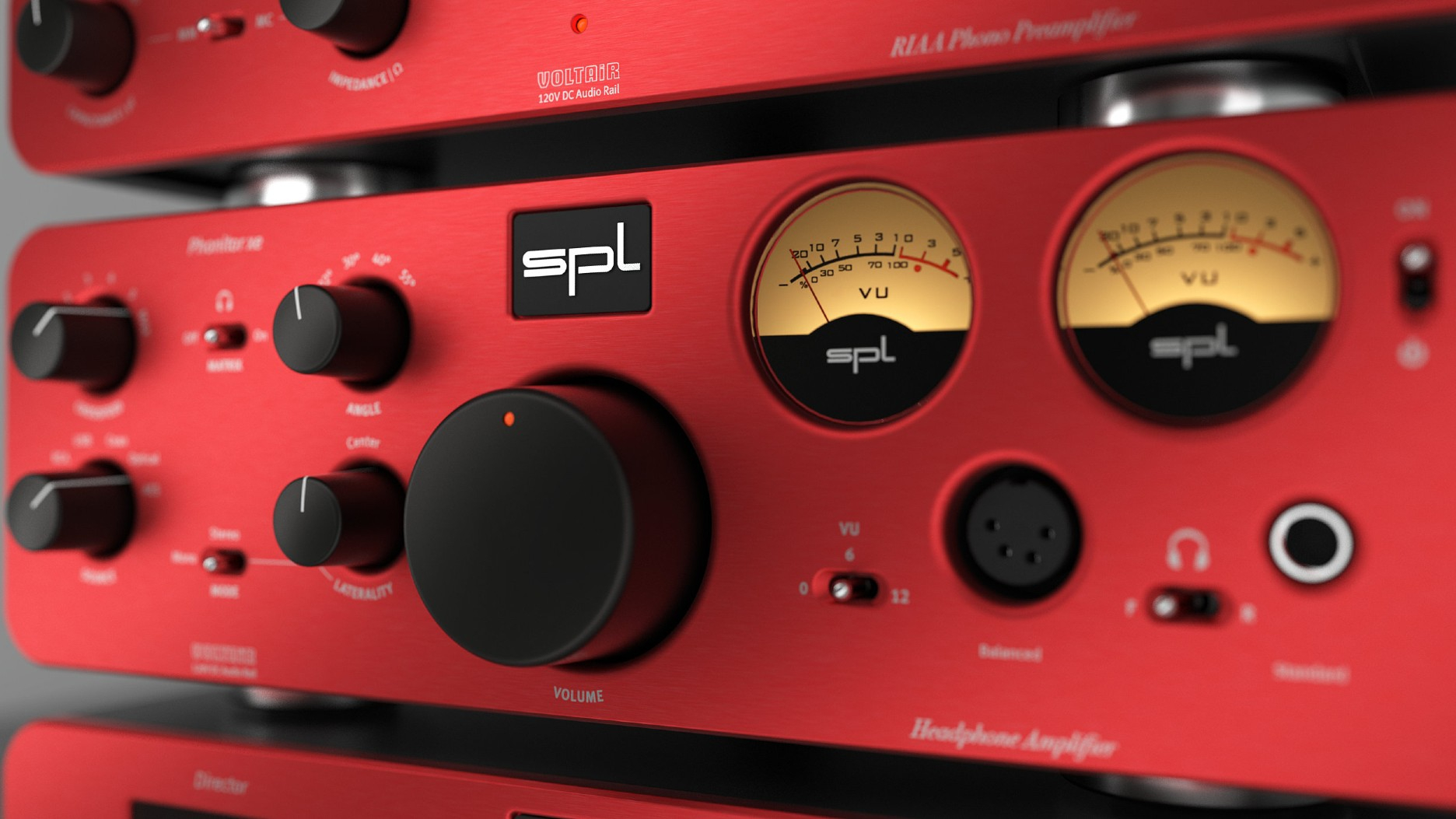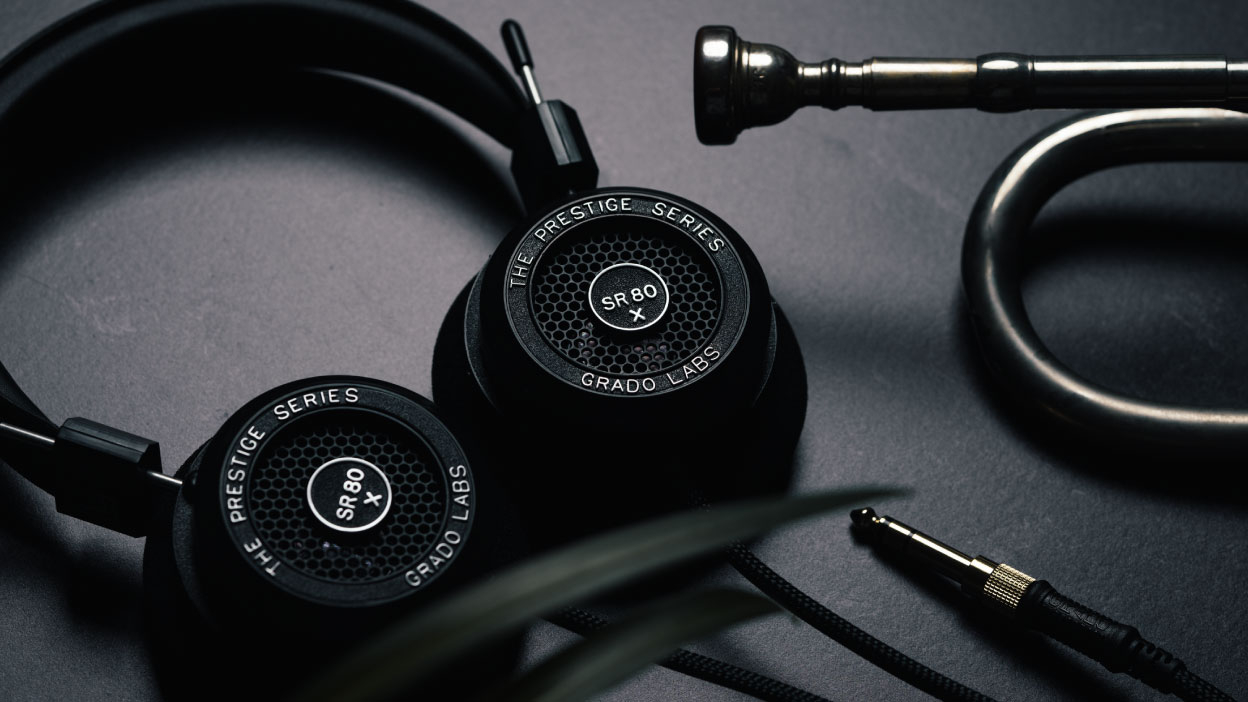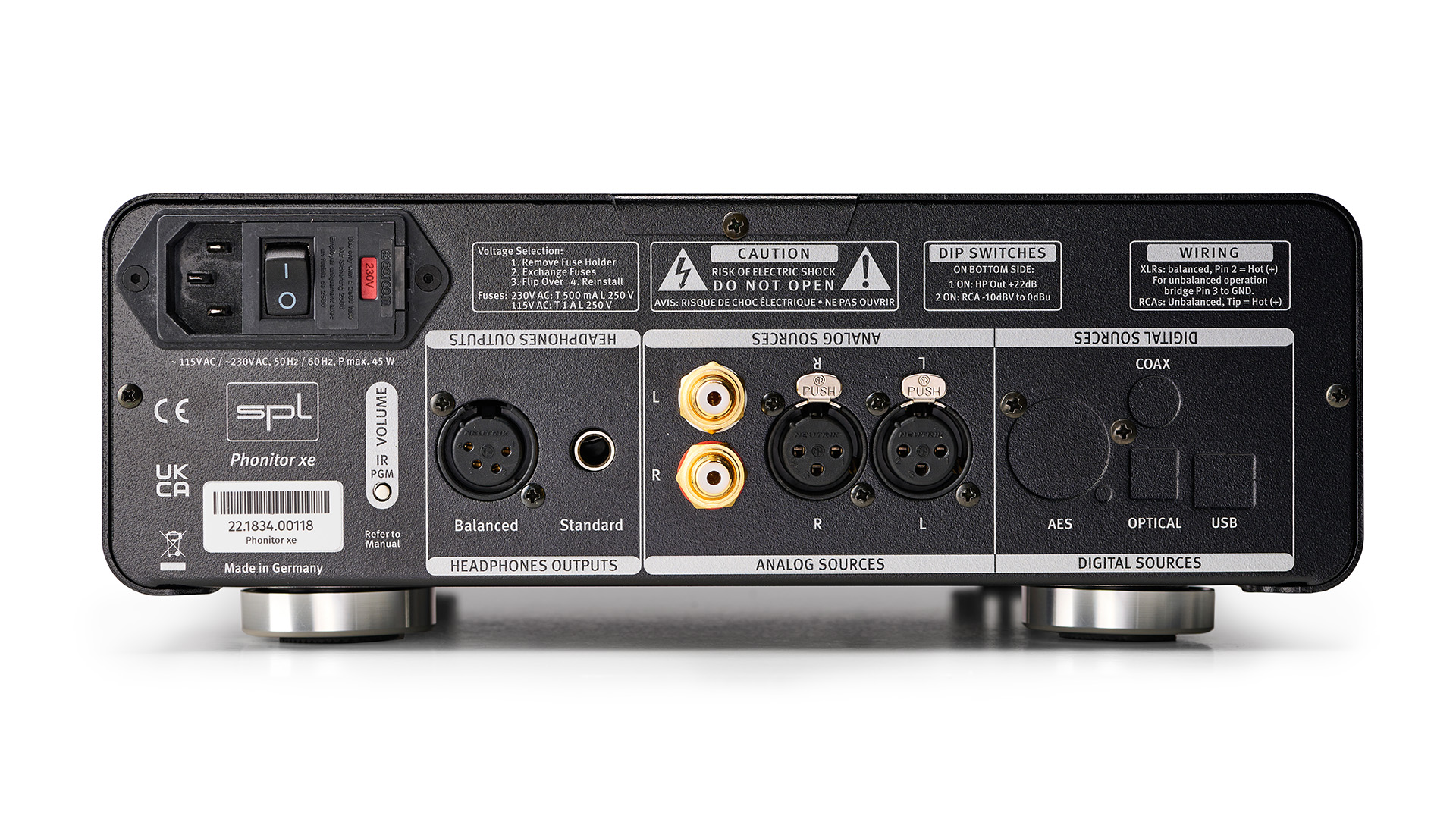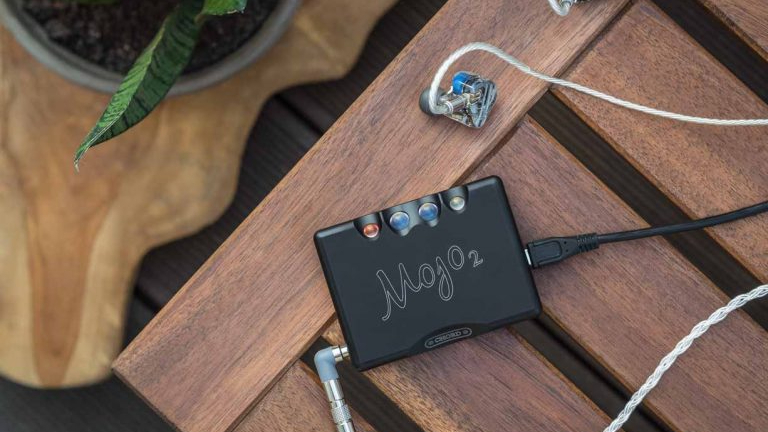What is a headphone amplifier and why should you buy one?
A simple way to get an even better sound from your headphones

What is a headphone amplifier? It is an amplifier circuit that is specifically designed to drive headphones rather than speakers. That might sound like a simple enough task – after all, headphones are just small speakers, right? But maybe because the job seems so simple, it turns out to be a bit of a blind spot for many manufacturers and is usually given a low priority.
While dedicated headphone outputs have faded from many phones (thanks for that, Apple) they still exist on a huge array of components that span the audio and video fields. And at the most basic level they work. You connect your headphones and you get a sound. That might be enough for some people. But, you are reading What Hi-Fi? and you know performance matters.
How is a headphone amplifier different to a conventional amplifier? Speakers require more power than a pair of headphones, which makes sense if you think about the difference in the size of space each operates in – consider a listening room compared to just your ear cavity. That vastly lower power requirement means that a headphone amplifier circuit has to be engineered to excel at low signal levels, and many simply aren’t designed to do that.

It is not just about muscle though, as the electrical loading of headphone drive units is different to that of speakers. Most speakers have a nominal impedance of around 8 ohms, with some falling to half of that. Headphones tend to have far more of a spread, typically going from 16 - 600 ohms.
The amplifier designed to drive them must be happy working with such a range of electrical loads. It isn’t uncommon to find a unit where the headphone feed is simply an attenuated version of the signal coming out of the speaker terminals. This is a cheap, easy and ultimately limited way of doing things. Poor sound is usually the result.

Buy a dedicated unit and the story is very different. Here, headphone sound is the priority and so every care is taken to get the best performance. Component quality is higher and the power supply is optimised for the task at hand. Essentially, everything is geared towards delivering the best sound quality inside the operating range of the headphones. Hand meet glove. Good examples of headphone amplifiers include the entry-level iFi Zen Can and the SPL Phonitor xe on the premium side.
Headphone amplifiers tend to be wholly analogue devices in their most basic form. They tend to be purist units with a handful of line-level inputs. Outputs can be more varied, with the traditional 3.5mm and 6.3mm sockets often augmented by various balanced options on some models.
The latest hi-fi, home cinema and tech news, reviews, buying advice and deals, direct to your inbox.

It is certainly possible to buy digital-to-analogue converters with headphone outputs (also known as a DAC/headphone amp) and the best of these can be exceptional performers. We’re thinking of AudioQuest’s three-strong DragonFly USB DAC range here (Black, Red and Cobalt) or Chord Electronics’ superb Mojo 2, Hugo 2 or the high-end Hugo TT2. These DACs usually only have digital inputs, which range from a single USB (Type A) for the AudioQuests to the full range of coax, optical and USB for the Chords.
The advantage of this type of DAC/headphone amp combination is the potential of getting better sound from your digital sources, but that only happens in reality if the unit has better digital processing capabilities than the source you currently have. Something that isn't always a given.

Any reasons not to buy a headphone amplifier? The additional cost might be a reason. Also, it’s another box that adds to the mess of your system, particularly if it requires additional cabling. Maybe your current setup sounds good enough, in which case lucky you!
It is also fair to say that your headphones have got to be of a good standard before you can really enjoy the benefits of a headphone amplifier. Think of Austrian Audio’s Hi-X15 (£89/$119/around AU$160) or the similarly-priced Grado SR80x as good starting points here. On the other end of the scale, if your tastes are more high-end and you use the exceptional Yamaha YH-5000SE headphones, you'll need a headphone amplifier at a similarly high-performance level – it's a good thing that Yamaha is crafting a matching HA-L7A headphone amp for this very need, too.
However, even more modestly priced cans such as Sennheiser's HD600 over-ears or Shura Aonic A3 in-ears will benefit from the boost. In most cases, we suspect that a carefully chosen headphone amplifier will be a sizeable step up from what you have, and the sonic improvements will easily justify the outlay.
MORE:
Here are the best headphone amplifiers around
Or maybe you need a DAC/headphone amp combo instead?
These are the best wired headphones you can buy

Ketan Bharadia is the Technical Editor of What Hi-Fi? He has been reviewing hi-fi, TV and home cinema equipment for almost three decades and has covered thousands of products over that time. Ketan works across the What Hi-Fi? brand including the website and magazine. His background is based in electronic and mechanical engineering.
